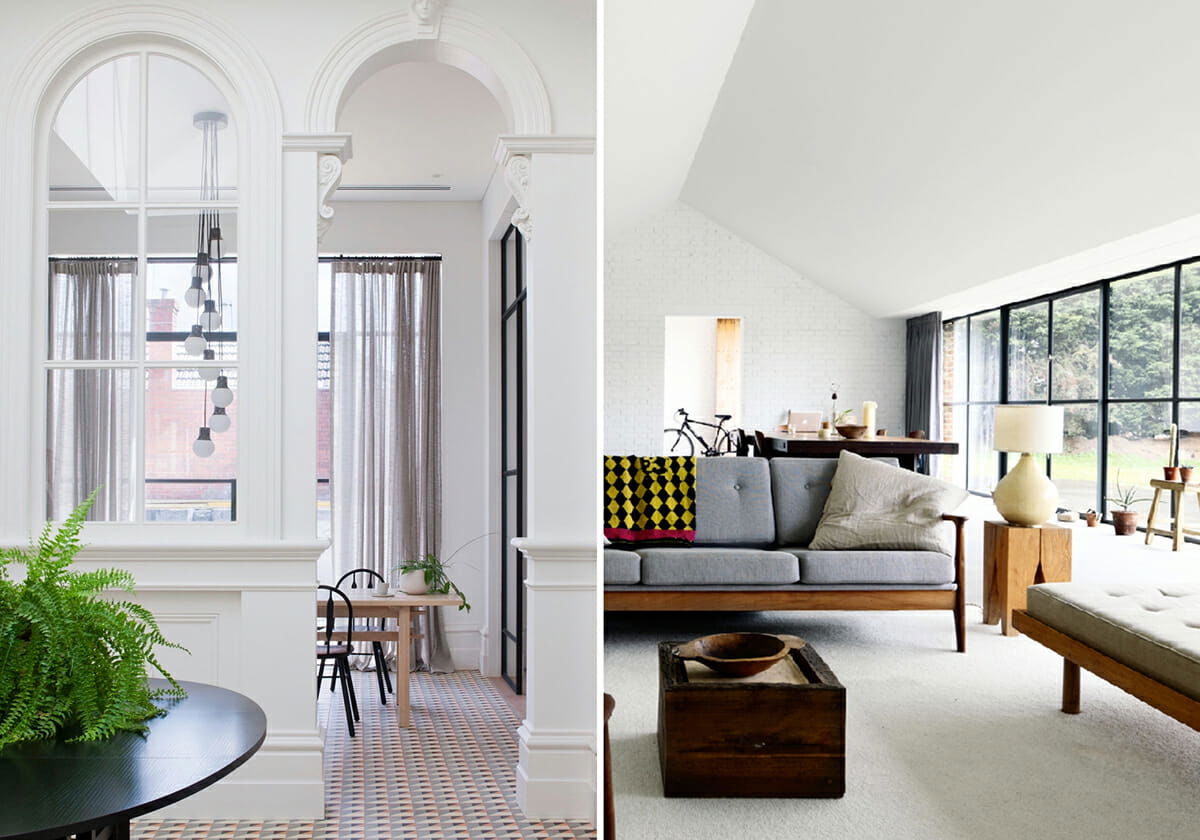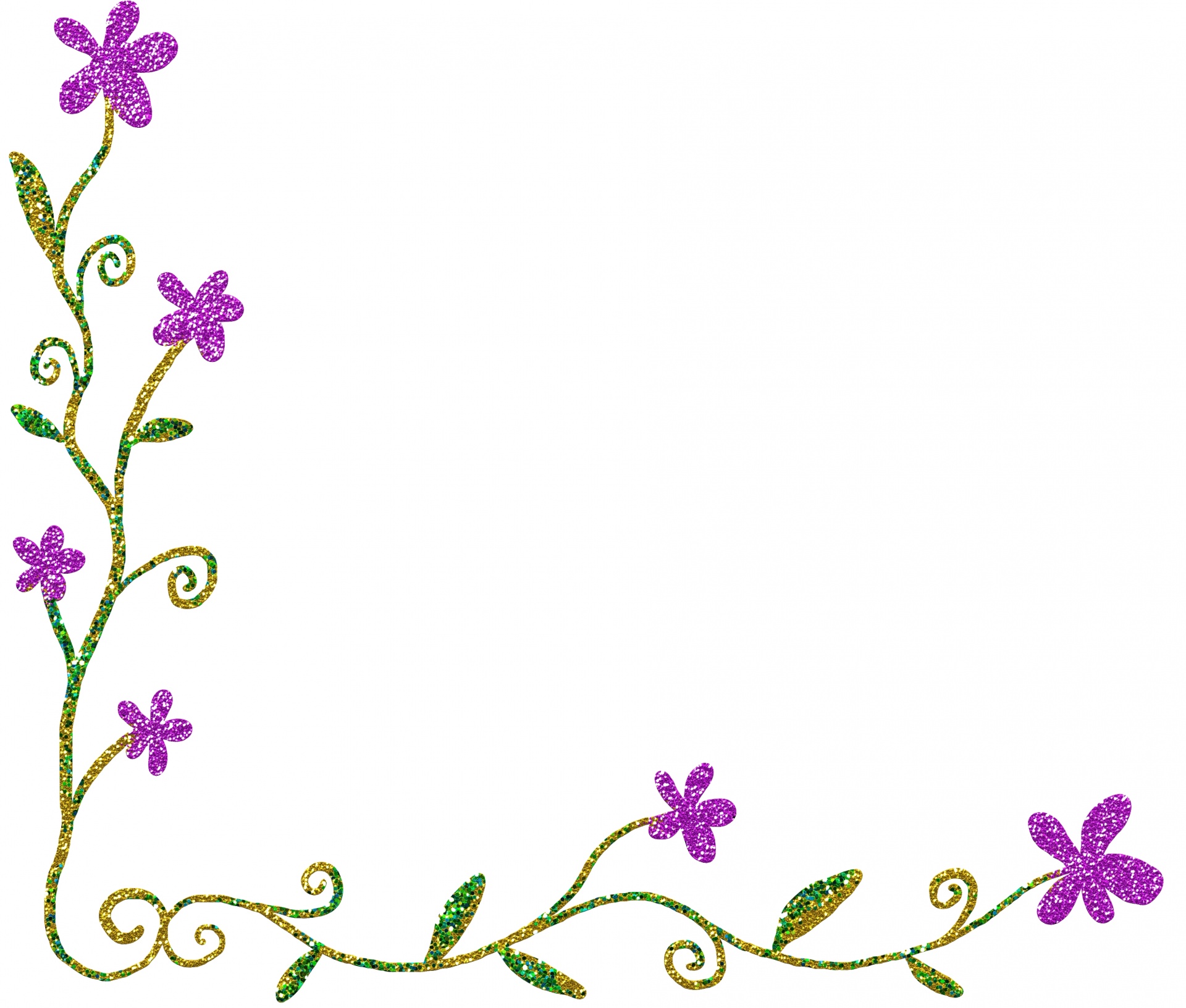Table Of Content

There are many models of design thinking that range from three to seven steps. HCD has a much narrower focus and aims to create and improve products. Systems thinking looks at the larger picture and aims to change entire systems. Systems thinking has applications in various fields, such as medical, environmental, political, economic, human resources, and educational systems. To keep up with recent developments in design thinking, read IDEO CEO Tim Brown’s blog.
Examples of design in a Sentence
Secure by design products are purposely designed, built, tested, and maintained to reduce the number of exploitable flaws before they are introduced to the market for broad use. Secure by default products are products that are secure to use out of the box. Meaning, they are designed to be resilient against prevalent threats, vulnerabilities, and exploitation techniques without end users having to take additional steps to secure them.
Incorporate security into requirements before development
In this sense, bandwagon slogans and business review fashions do contribute to the economy. Traditionally the engineers also have used the term design. But this is to do with the functionality of the product, not its appearance. Hence, we have industrial design, engineering design and process design. In many respects, this is like asking fish where the water is.
The Five Stages of Design Thinking
A widow is a single word—or two short words—that sits by itself at the last line of a paragraph. Orphans and widows can be corrected by manually changing the spacing or by settings that stop them from happening as you type in the first place. A mood board is essentially a collage of concepts, textures, colors, or examples that act as inspiration. They also sometimes act as a good resource for presentations to describe the qualities of a project before it is done. Mood boards often include palettes, another term on this list.
Design education covers the teaching of theory, knowledge and values in the design of products, services and environments, and focusses on the development of both particular and general skills for designing. It is primarily orientated to prepare students for professional design practice, based around project work and studio or atelier teaching methods. It is about designing a solution that leads to its manufacturing.
What Does "Luxury Design" Mean Today? 3 Top Designers Weigh In - Architectural Digest
What Does "Luxury Design" Mean Today? 3 Top Designers Weigh In.
Posted: Thu, 07 Jul 2022 14:34:22 GMT [source]
It involves identifying the problem statement to come up with the best outcome. This is done through observation and taking the time to determine the problem and the roadblocks that prevented a solution in the past. It is important to note the five stages of design thinking are not always sequential. They do not have to follow a specific order, and they can often occur in parallel or be repeated iteratively. The stages should be understood as different modes which contribute to the entire design project, rather than sequential steps. By the end of the Prototype stage, the design team will have a better idea of the product’s limitations and the problems it faces.
More than a process, the Head, Heart and Hand framework outlines the different roles that designers must perform to create great results. Innovation doesn’t follow a linear path or have a clear-cut formula. Global design leaders and consultants have interpreted the abstract design process in different ways and have proposed other frameworks of design thinking. Design teams use design thinking to tackle ill-defined/unknown problems (aka wicked problems). Alan Dix, Professor of Human-Computer Interaction, explains what wicked problems are in this video. Enables personalizing ads based on user data and interactions, allowing for more relevant advertising experiences across Google services.
When the leading is too small, the content can be difficult to read. On the other hand, leading that is too loose can feel disjointed. Increased saturation causes colors to appear purer or more vibrant, while decreased saturation causes colors to appear more washed out. A color palette built out of various shades and tints of just one color. This is similar to grayscale but encompasses all colors—for example, you could have a monochromatic image that is entirely shades of red. The purest form of the original colors—red, orange, yellow, green, blue and violet.
The third phase involves developing concepts by critiquing a range of possible solutions. This includes multiple rounds of prototyping, testing, and experimenting to answer critical questions about a concept’s viability. The goal is to ultimately overcome cognitive fixedness and devise new and innovative ideas that solve the problems you identified. Continue to actively avoid assumptions and keep the user at the forefront of your mind during ideation sessions. Once the problem statement or question has been solidified—not finalized—the next step is ideation. You can use a tool such as systematic inventive thinking (SIT) in this stage, which is useful for creating an innovative process that can be replicated in the future.
What’s more, results from the Test stage may reveal new insights about users which lead to another brainstorming session (Ideate) or the development of new prototypes (Prototype). Secure by design is an approach to software development that prioritizes security as a core business requirement rather than a technical feature or afterthought. The ultimate goal is to realize a future where consumers can trust the safety and integrity of the technology that they use every day.

Design often suggests a particular pattern and some degree of achieved order or harmony. The article was originally published in January 2020 and was updated in November 2020 to make it more relevant and comprehensive. All of a sudden the unification everybody was going for gave way to individuality through one of the best ways to pass information – words. This is called collective thinking and it has writing in its core. This is how Google addresses a rather complicated and long process of copying information to Pixel phones. Turned out, lists are good for structuring but do no good in the visual aspect.
Opacity refers to the transparency of an image or an object in graphic design. Though some people assume monochromatic means black and white, black and white design work is only one example of monochromatic colors. Monochrome design can be anything made from a single color. Margins are a very important consideration in graphic design. It is the border of a page or artboard used to make sure text and graphics are not too close to the edge of the page.
Black and white films are an easy example of grayscale in practice. A gradual shift from one color to another based on the color wheel. A combination of colors built out of shades close to each other on the color wheel. The size of one object in relation to another design element. Extreme differences in scale can draw attention and create drama. A design where the elements radiate from a central focal point, spreading outward.

Design starts when the owner first puts together the image of the product and ends when the project is done which is never done. I really enjoyed the flexibility of taking online classes because I was also working full time as a clinical trials specialist at Exelixis. One of her family members participated in a clinical trial for diabetes research and Vivian was taken aback at how much care and attention they received from the trial staff during each monthly visit. “The research team was very knowledgeable and resourceful. They spent a lot of time explaining to us what diabetes was and how to modify lifestyle habits to help improve quality of life,” Vivian explains.
All design thinking activities—from empathizing to prototyping and testing—keep the end users front and center. Agile teams continually integrate user feedback into development cycles. The methodology emphasizes collaboration and a multidisciplinary approach throughout each phase to ensure solutions are innovative and deeply rooted in real human needs and contexts. In the “Ideate” phase, the team synthesizes the insights gained to brainstorm a wide array of creative solutions. This stage encourages divergent thinking, where teams focus on quantity and variety of ideas over immediate practicality. The goal is to explore as many possibilities as possible without constraints.
In designs, this often works out to a split where one is the main or dominant color, another is used as a secondary support color and the other is used sparingly as an accent. The Pantone Matching System is a standardized numerical classification of precise color identification for color printing, which makes it easier for designers to reference exact color shades. The selection of colors for a design—they typically complement each other and represent the brand well. This term refers to color pairs that sit opposite of each other on the color wheel and together create visual tension. This tends to be minimal with a bigger focus on space, crisp edges and two-dimensional images. A technique that involves arranging different design elements at 90-degree angles and photographing from above.


















